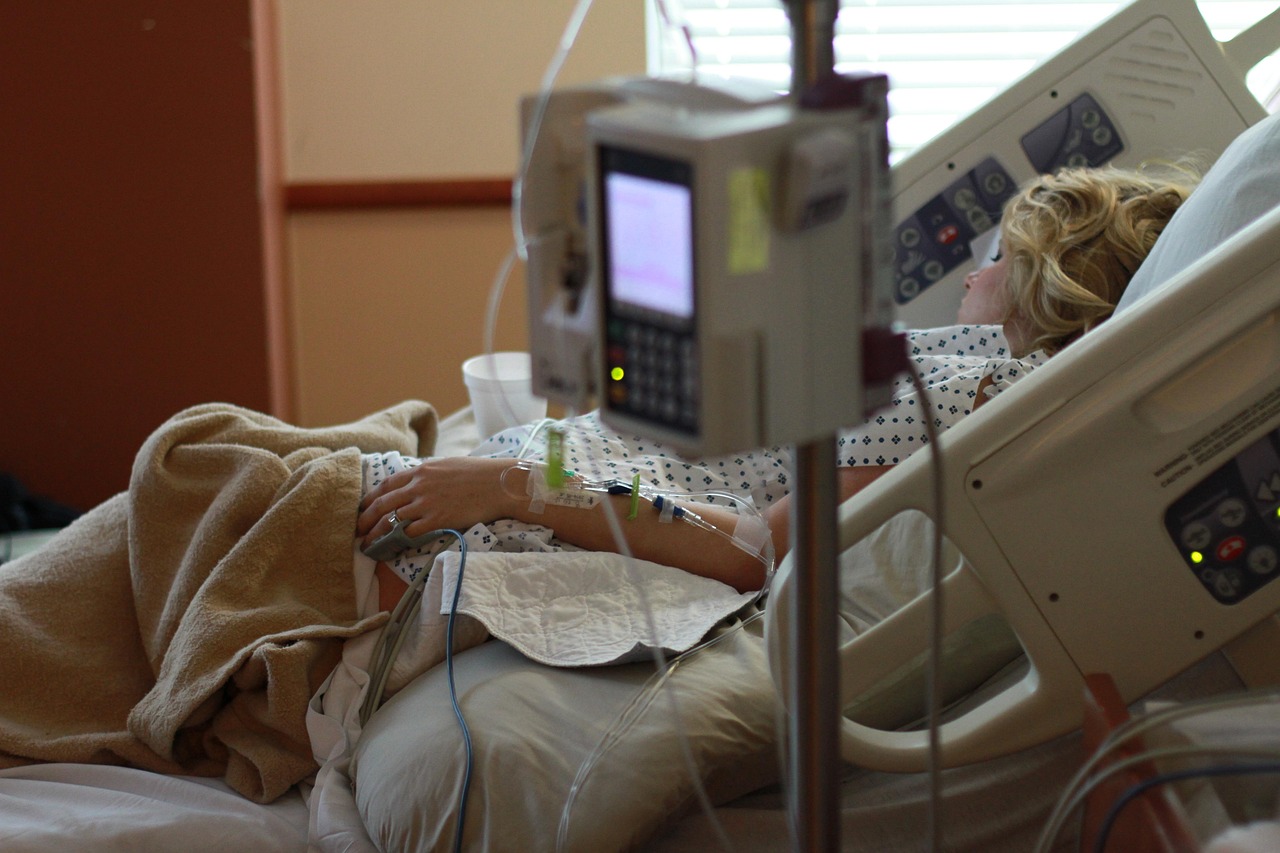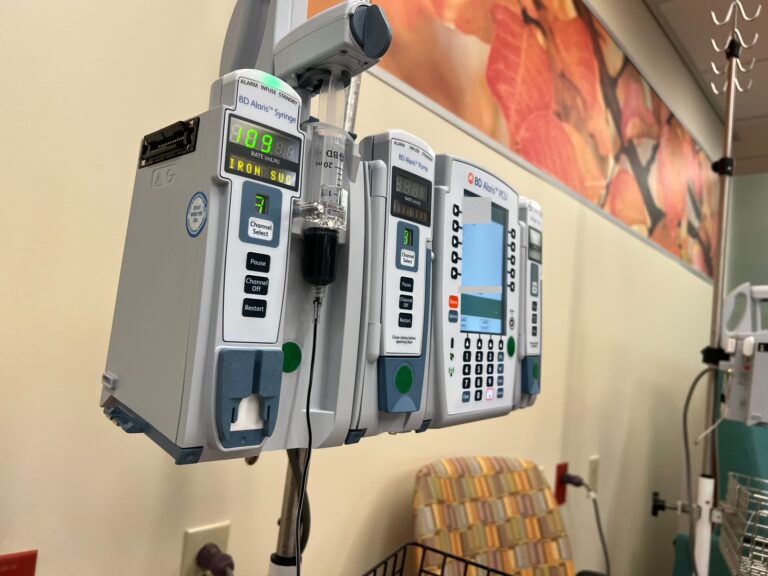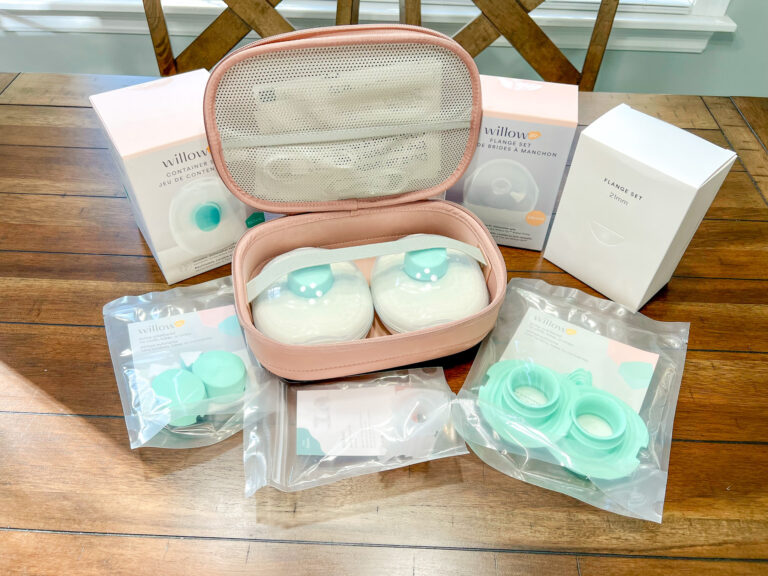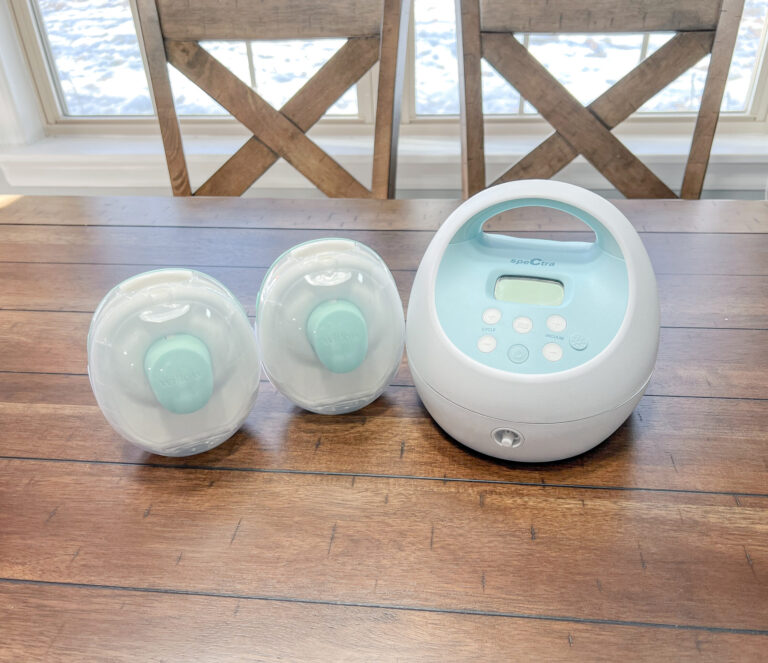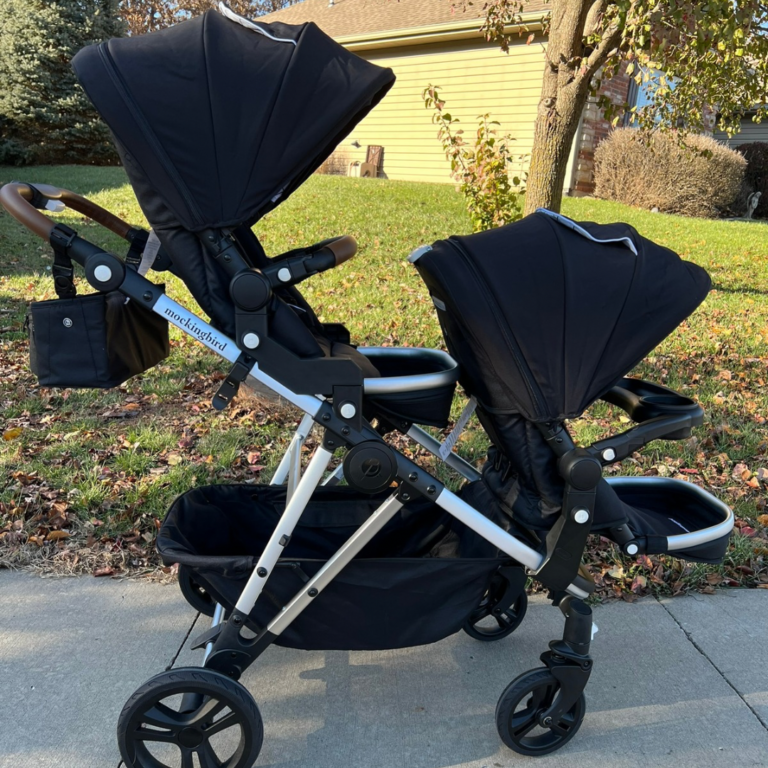Unmedicated Birth with Pitocin: How I Did It & What You Need to Know
This article may contain affiliate links. If you purchase through these links, I may earn a small commission at no additional cost to you.
Introduction
When I discovered I was expecting my first, I dove into researching the world of pregnancy and childbirth. During my research, one thing that became very important to me was to give birth unmedicated. I know everyone has strong opinions on giving birth but my personal belief is every woman has the right to choose the best birth option for them. I believe however you give birth is beautiful, and makes you a superhero. If you are a mom who has a desire to give birth unmedicated, way to go! Keep reading to learn what I did for success and how you can set yourself up to have a peaceful unmedicated birth.
Throughout pregnancy, I often wondered if could I do this. Was the pain going to be unbearable? But after educating myself, preparing mentally and physically, and taking the right birth course, I felt empowered walking into labor. And guess what? I did it!
If you’re considering an unmedicated birth, whether in a hospital, birth center or at home, I want you to know that it is possible. With the right mindset, preparation, and support, you can have a positive and empowering birth experience—without an epidural. In this post, I’ll share what helped me manage labor naturally, answer common questions about unmedicated birth, and introduce you to the birth course that gave me the confidence and tools to make it happen. If you’re serious about preparing for a natural birth, I highly recommend checking out the Mommy Labor Nurse Course— to start feeling more prepared today! You can sign up using my affiliate link, and use code LEXI10 for 10% off.
Now, let’s dive into everything you need to know about giving birth without an epidural.
My Unmedicated Birth Story
Hearing positive unmedicated birth stories built up my confidence going into labor, so I hope reading my story gives you another voice and boost to know you can achieve your goal of an unmedicated birth!
Going into labor my goal was to avoid as many medical interventions as possible, including Pitocin, but when I reached 40 weeks my daughter showed no signs of wanting to enter the world, and I was DONE being pregnant so I elected to schedule an induction for 41 weeks.
Arriving at the Hospital
On the morning of my induction, my husband and I arrived at the hospital at 5 am, I was checked in and got all settled into my room. Around 6 am the Pitocin drip started and at 7 am the doctor came to break my water. When my water broke I didn’t feel any pain, just a large gush of water leaving my body, definitely a strange feeling. Over the next few hours, I felt uncomfortable but contractions weren’t painful at this point. For most of the morning, I focused on walking around the room and using a yoga ball for movement. One issue I kept having was my blood pressure rising when I moved around so the nurses would have me get back in bed and rest for a while before I could move around again, which was a little discouraging since movement is so critical for pain management and to keep labor progressing. When I was required to lay in bed I focused on controlled breathing and squeezing a comb to help distract from the pain. While in bed I also used the peanut ball to help open up my hips and keep my body changing positions. I would say for most of the day I was uncomfortable, but could talk to my husband without feeling out of breath. I didn’t have painful contractions until about 1 pm.
At this point I felt the pain kicked up, I had more difficulty talking through the contractions but I could still move around, I was getting discouraged so I asked for an epidural. Even though I asked and the anesthesiologist came to my room I still didn’t feel ready to make the jump so I went back and forth for 10 minutes debating what to do moving forward. Ultimately I decided not to get the epidural, and this was because I had a nurse who believed in me and my goal to go unmedicated and she provided amazing birth support. This amazing nurse came in and helped me try some new positions to manage my pain and stayed with me until the baby was born. During this time I would stand up and sway with my husband which helped for a while, then I got into the bed and the nurse did hip squeezes during contractions which provided some relief. After all this, it was a little after 2 pm, and I was starting to feel a lot more pain and pressure so I asked for the epidural again… at this point, I was fully dilated and it was time to push.
Point of No Return
Once they told me it was time to push they had me get in the hospital bed and lay on my back. I originally wanted to try side laying or hands and knees to push, but at this point, I just felt done so I didn’t argue. Not gonna lie, in this moment I had a minor freak out at the thought of having to push out my baby, but my amazing nurse helped me refocus on breathing. My baby girl was coming out fast so I gave one push, but didn’t feel like I had moved her much, it was at this point the doctor realized she had a shoulder dystocia. Now there was so much going on I didn’t know my baby’s shoulder was stuck in the moment and I didn’t realize the dangers of a shoulder dystocia and how much of an emergency this was. I just remember the room quickly filling up with additional nurses and team members and my doctor said we might have to go in for a C-section, which I really wanted to avoid. I gave one more big push and a nurse also jumped up on the bed and pushed on my abdomen and fortunately, my baby arrived in the world safely. Once she was out I wasn’t in pain anymore, if anything I think I was in shock, just thinking “holy cow I just had a baby!” I was happy to hold her safely in my arms.
While the ending of my birth experience felt a little chaotic, overall the labor process was smooth and I honestly felt like a superwoman after giving birth without an epidural. My entire induction process lasted from about 6 am – 3 pm, honestly, I was shocked at how fast it went considering this was my first baby. For me, the most painful part was the last hour or two, which I hear is common for many women, but was you arrive at this point you are so close to meeting your baby! Let’s talk about what you can do to have your own empowering unmedicated birth!
How to Give Birth Without an Epidural—Even with Pitocin
1. Educate Yourself & Have a Birth Plan
One of the biggest reasons I felt prepared for an unmedicated birth was because I educated myself ahead of time. I didn’t just assume I could “wing it”—I learned about:
- The different stages of labor
- How Pitocin affects contractions
- Natural pain management techniques
- The pros and cons of hospital interventions
I also created a flexible birth plan that focused on my goal: an unmedicated hospital birth with minimal interventions.
2. Use Pain Management Techniques
Pitocin-induced contractions are known to be stronger and closer together compared to natural contractions, which is why many women opt for an epidural. Since that wasn’t my plan, I relied on several pain management techniques to stay in control:
- Breathing techniques (deep, controlled breaths helped me stay calm)
- Movement (walking, swaying, and using a birth ball eased the intensity)
- Counter-pressure (my partner applied firm pressure on my lower back during contractions)
- Hydrotherapy (a warm shower or tub can help relax muscles) – this method I didn’t use during labor but I’ve heard many moms say this provides great relief
- Mindset shifts (I focused on one contraction at a time instead of the whole labor process)
These strategies helped me push through the most intense contractions—even during transition, the most painful part of labor. But I reminded myself: I’m almost there. My body was made for this.
3. Have a Support Team
I cannot stress enough how important it is to have a supportive birth team. Whether it’s your partner, a doula, or a nurse who understands your goals, having people who believe in your ability to birth naturally makes a huge difference.
My husband played a huge role by:
✔️ Encouraging me when I felt like giving up
✔️ Helping with counter-pressure and comfort measures
✔️ Advocating for my birth plan in the hospital
If you can, consider hiring a doula—they are trained to support unmedicated births and can help you stick to your plan even when things get tough. For us, this was out of our budget but if you can afford it a doula is shown to increase your likelihood of an unmedicated birth, decrease unwanted interventions, and decrease C-section rates.
4. Trust Your Body
One of the biggest mindset shifts that helped me was reminding myself: that my body knows what to do. Birth is an intense experience, but fear makes it harder. The more I leaned into the process—instead of resisting the contractions—the more manageable it became.
I won’t lie: the Pitocin contractions were intense towards the end. There were moments when I doubted myself. But each contraction brought me closer to meeting my baby, and that thought kept me going.
Common Questions About Unmedicated Birth with Pitocin
What Does an Unmedicated Birth Feel Like?
To me, the contractions felt like mild cramps in the being. As I progressed in labor the cramping became more intense as well as the pressure in my pelvis.
Can I handle an Unmedicated Birth?
Each person has a different level of pain tolerance, but I believe handling the pain of labor is more about your mental preparation. I don’t think I have an extremely high pain tolerance so I think if I can do it, you can too! If you desire to go unmedicated and prepare you CAN achieve this goal.
What are the Benefits of an Unmedicated Birth?
Often women who give birth unmedicated have shorter labors and shorter pushing times. You are less likely to tear (although I tore pretty bad, I will do another post about this). Lower rates of C-sections, and you can get up and moving immediately after birth.
Is it harder to go unmedicated with Pitocin?
Yes, Pitocin contractions can be more intense, but it’s still possible to birth without an epidural. Pain management techniques and mental preparation are key.
The Birth Course That Helped Me Prepare
One of the biggest reasons I was able to handle labor without an epidural—even with Pitocin was because I took the Mommy Labor Nurse birth course. This course gave me the knowledge, confidence, and pain management techniques I needed to navigate labor naturally. I love this course! It gave me information on what to expect during my third trimester, concerning signs to watch out for, and also talked about what birth could look like if you end up needing an emergency C-section. Another feature I love is the partner section, in this section your partner will be given tools to help support and advocate for you during this intense time.
If you’re planning an unmedicated birth, I highly recommend it! You can sign up using my affiliate link, and use code LEXI10 for 10% off.
Final Thoughts: You CAN Do This!
If you’re dreaming of an unmedicated birth but feel nervous—I see you. I was in your shoes once, wondering if I’d be able to handle it. But with preparation, the right mindset, and a solid support system, you CAN give birth without an epidural—even with Pitocin.
Trust your body, educate yourself, and go into labor knowing you have everything you need to handle it.
Wishing you a beautiful and empowered birth experience! 💕
